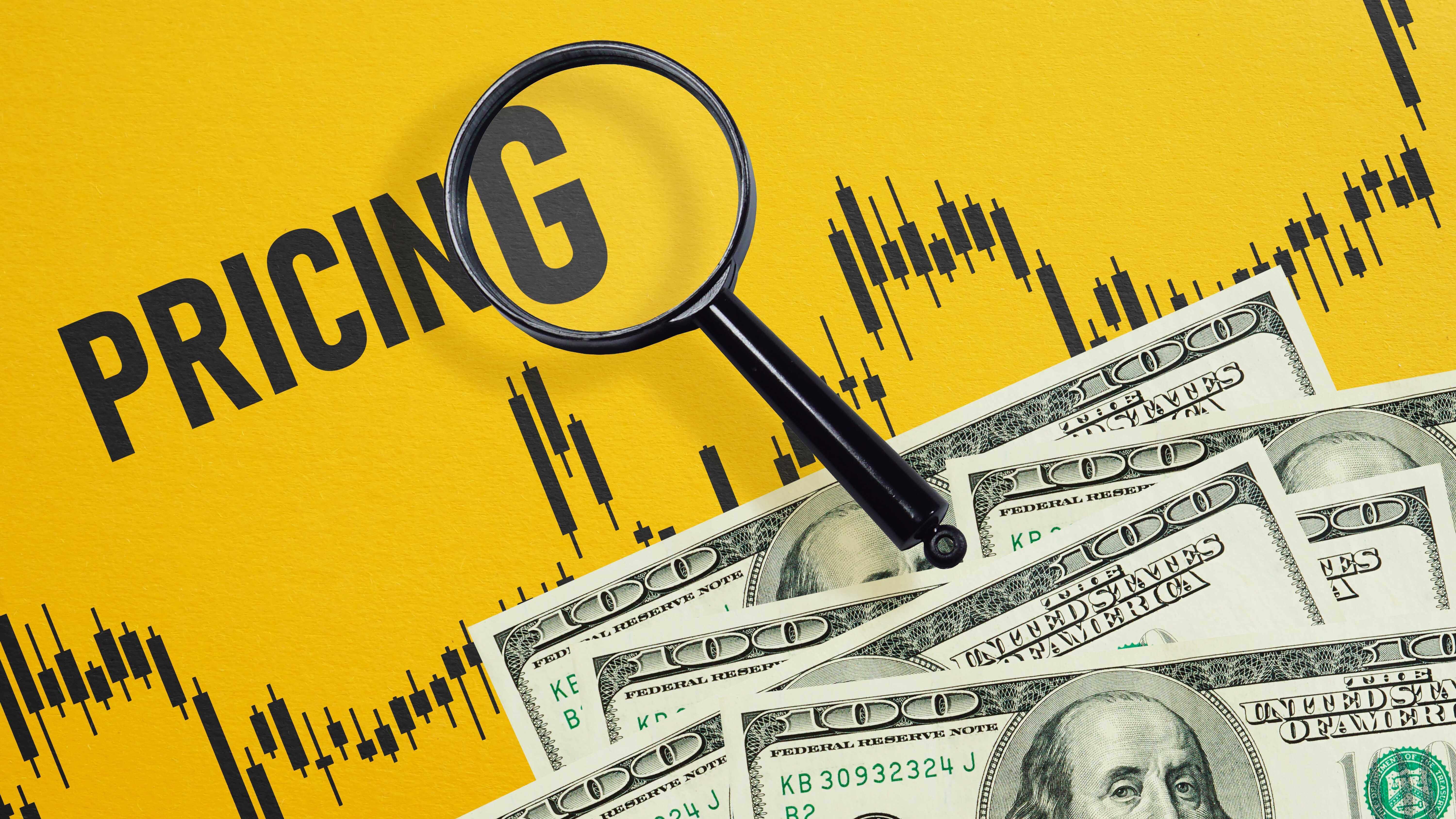Here's Why Upstart Stock Is A Buy Before Feb. 11

Upstart's (NASDAQ: UPST) stock more than doubled over the past 12 months. The online lending marketplace, which had fallen out of favor as interest rates rose in 2022 and 2023, became more attractive as the Federal Reserve finally reined in rates again.
But even after that impressive rally, Upstart's stock still trades more than 80% below its all-time high from October 2021. Let's check out four reasons it's worth accumulating before it posts its fourth-quarter earnings report on Feb. 11.
Where to invest $1,000 right now? Our analyst team just revealed what they believe are the 10 best stocks to buy right now. See the 10 stocks »
Image source: Getty Images.
1. It has clear competitive advantages
Upstart's online platform approves loans for banks, credit unions, and auto dealerships. But instead of reviewing traditional data like an applicant's FICO score, credit history, or annual income, it crunches nontraditional data points -- including previous jobs and education -- to approve a broader range of loans for younger and lower-income applicants with limited credit histories. It claims that AI-driven approach "provides about 5X more risk separation than FICO for loans."
Upstart had also fully automated 91% of its loans at the end of its latest quarter. That efficient blend of automation and AI makes it a disruptive player in the loan approval market. It also continues to expand its new T-Prime program to provide better rates to "super-prime" borrowers while reducing its exposure to riskier ones.
2. Interest rates should keep declining
Upstart's business flourishes when interest rates are low, while rising rates usually drive people to take out fewer loans and financial institutions to put less money on the table. When that happened in 2022 and 2023, Upstart carried more of its marketplace loans on its own balance sheet as its cautious lending partners reined in their loans.
That pressure caused Upstart's stock to sink to an all-time low of $12.40 in late 2022. However, the Federal Reserve already cut its benchmark rates three times in 2024, and it previously penciled in two more rate cuts in 2025. If that happens, its lending activity will pick up again, and its cyclical downturn will end.
3. It's already passed its cyclical trough
Upstart's growth can be gauged through its originated loans, conversion rate (the percentage of its total inquiries leading to approved loans), and contribution margin (the ratio of its fees it retains that are revenue). All three of those key metrics improved in the first nine months of 2024, and its revenue grew again following two years of declines.
|
Metric |
2020 |
2021 |
2022 |
2023 |
9M 2024 (YOY) |
|---|---|---|---|---|---|
|
Originated Loans Growth |
40% |
338% |
(5%) |
(59%) |
12% |
|
Conversion Rate |
15% |
24% |
14% |
10% |
15% |
|
Contribution Margin |
46% |
50% |
49% |
63% |
60% |
|
Revenue Growth |
42% |
264% |
(1%) |
(39%) |
12% |
Data source: Upstart. YOY = Year-over-year.
That acceleration indicates Upstart has already passed its cyclical trough. Its adjusted earnings before interest, taxes, depreciation, and amortization (EBITDA) margin -- which had turned negative in 2023 and the first half of 2024 -- also turned positive again in the third quarter of 2024. It expects that figure to stay positive in the fourth quarter.
As for its balance sheet, Upstart recently refinanced about half of its outstanding convertible debt with new notes, which don't mature until 2029. That move will buy it more time to stabilize its business as interest rates gradually decline.
4. Its stock still looks reasonably valued
With an enterprise value of $6.5 billion, Upstart might not seem cheap at 8 times this year's sales. However, analysts expect its revenue to rise 17% in 2024 and grow at a compound annual growth rate (CAGR) of 28% through 2026.
That robust growth rate indicates its stock is still reasonably valued, and it could surpass Wall Street's expectations if the Fed cuts interest rates more than two times this year.
Brace for near-term volatility, but invest for long-term gains
Upstart's stock should remain volatile over the next few quarters, but it could still have plenty of upside potential as the macro environment warms up again. Investors shouldn't go all-in on the stock right now, but they should accumulate some shares ahead of its next earnings report and gradually dollar-cost average into the stock.
Don’t miss this second chance at a potentially lucrative opportunity
Ever feel like you missed the boat in buying the most successful stocks? Then you’ll want to hear this.
On rare occasions, our expert team of analysts issues a “Double Down” stock recommendation for companies that they think are about to pop. If you’re worried you’ve already missed your chance to invest, now is the best time to buy before it’s too late. And the numbers speak for themselves:
- Nvidia: if you invested $1,000 when we doubled down in 2009, you’d have $311,343!*
- Apple: if you invested $1,000 when we doubled down in 2008, you’d have $44,694!*
- Netflix: if you invested $1,000 when we doubled down in 2004, you’d have $526,758!*
Right now, we’re issuing “Double Down” alerts for three incredible companies, and there may not be another chance like this anytime soon.
*Stock Advisor returns as of January 27, 2025
Leo Sun has no position in any of the stocks mentioned. The Motley Fool has positions in and recommends Upstart. The Motley Fool recommends Fair Isaac. The Motley Fool has a disclosure policy.


